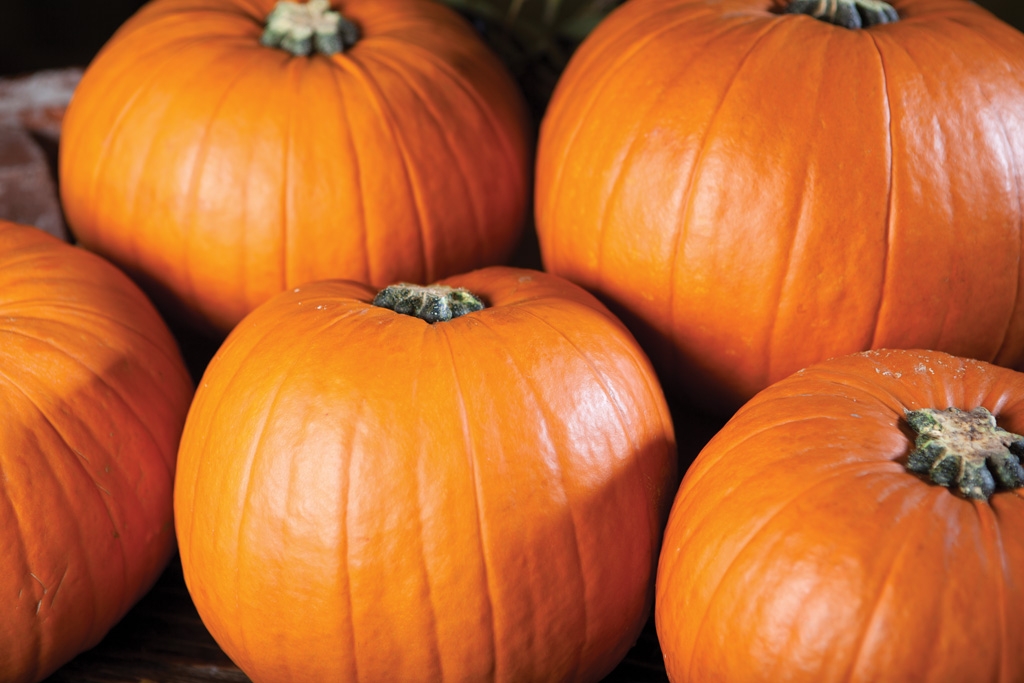Daily Dish the Sonoma Market blog

Fall Gems
Health Notes from Dr. Liz
Please note that this is an older article. Any products or services pictured or described may have changed or may no longer be available. Thank you for visiting!
Butternut, acorn, spaghetti, delicata, turban and even pumpkin are just some of the many types of winter squash available in your produce section this time of year. While some of these squashes may look more like doorstops than good eats, in my opinion they are one of the most “perfect” gems in the produce aisle.
Butternut, acorn, spaghetti, delicata, turban and even pumpkin are just some of the many types of winter squash available in your produce section this time of year. While some of these squashes may look more like doorstops than good eats, in my opinion they are one of the most “perfect” gems in the produce aisle.
A one–cup serving cooked supplies more than 100 percent of the Daily Value for vitamin A as carotene. Each serving also contains more potassium than a large banana, a mineral crucial in maintaining healthy blood pressure.
Winter squashes pack a host of other nutrients such as fiber, vitamin C and B vitamins, making these veggies a must side dish for this season’s meals. The thick skin on winter squashes allows them to keep for several weeks in a cool, dry place. Prep them for eating by carefully splitting the squash lengthwise with a sharp butcher–style knife, and scoop out the seeds. Sprinkle the flesh side with salt and pepper and place the cut–side down on a foil–lined sheet. Bake at 350 degrees for 45 minutes or cut into quarters and place it in a covered, microwave–safe casserole dish. Zap on high for 4 to 8 minutes. With either cooking style, the insides scoop out like mashed potatoes. Spaghetti squash comes out like strands of noodles, so top as you would pasta. You can also skin and cut into 1½” cubes, brush with olive oil and roast in the oven for 20 minutes or grill on a skewer until tender.